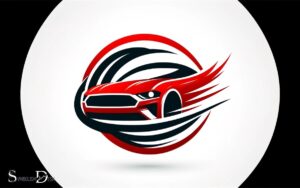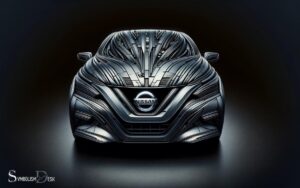Old Car Symbols and Names: Explanations!
Old car symbols and names often carry historical significance and can reflect the heritage of the brand.
Classic examples include the Ford Model T, known for its iconic status and mass production, and the Chevrolet Bowtie emblem, symbolizing one of America’s most enduring automotive companies.
Other notable symbols include the Rolls-Royce Spirit of Ecstasy and the Mercedes-Benz three-pointed star. Collectors and enthusiasts cherish these emblems as a window into the automotive past.
Old car symbols and names are a testament to the history and development of the automotive industry.
These symbols can be:
Here’s a short list of some classic car symbols and their corresponding names:
Collecting vintage car emblems is a way for enthusiasts to preserve the rich tapestry of automotive history and celebrate the enduring legacy of classic vehicles.
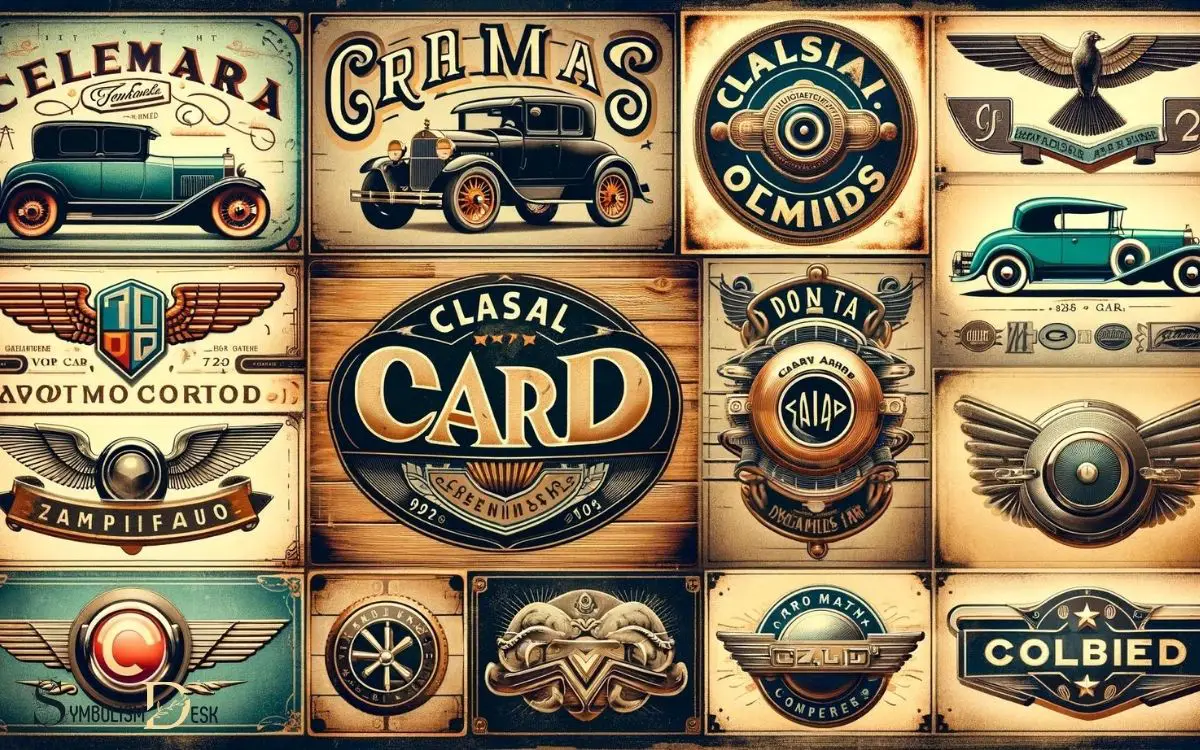
Key Takeaway
The Rise of the Thunderbird
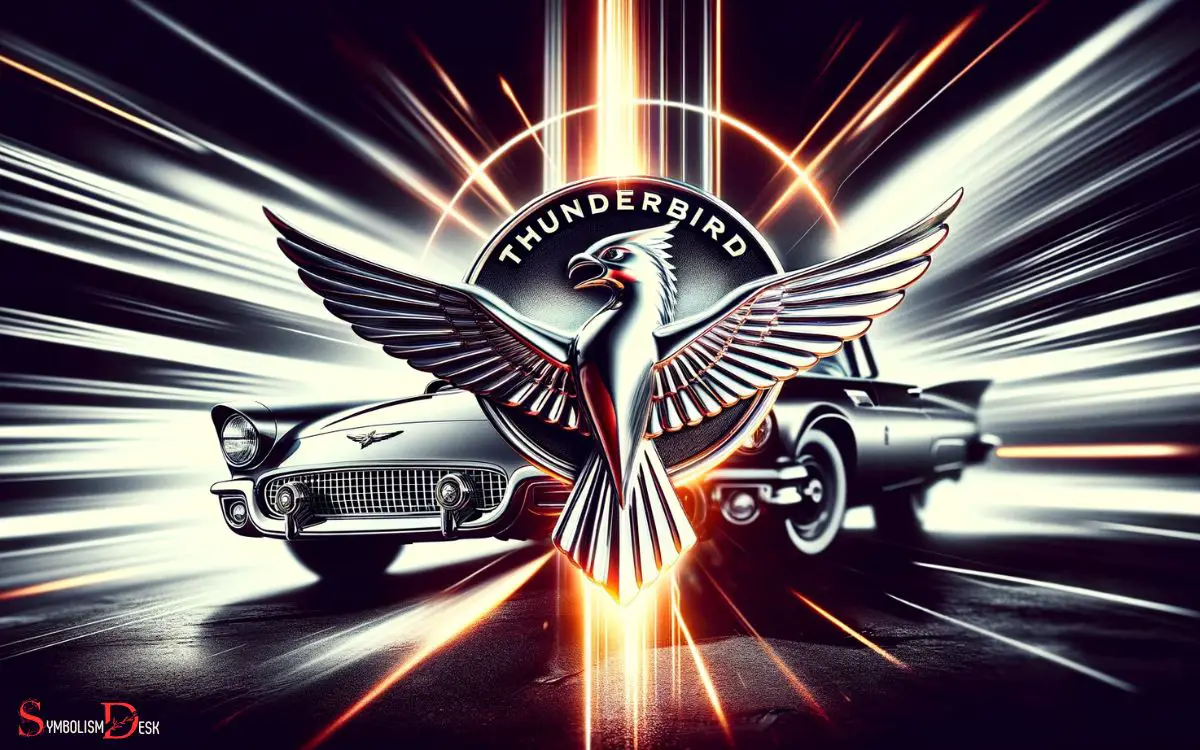
The Thunderbird emerged as a standout in the automotive world during the mid-1950s, capturing the attention of car enthusiasts and setting a new standard for American sports cars.
It was introduced by Ford as a response to the Chevrolet Corvette, aiming to combine the thrill of a sports car with the comfort and convenience of a luxury vehicle.
The Thunderbird’s sleek design, powerful V8 engine, and innovative features such as power windows and convertible tops made it an instant hit. Its success paved the way for the personal luxury car segment, influencing the designs of many future models.
The Thunderbird’s impact on the automotive industry was profound, solidifying its status as an iconic symbol of American automotive innovation and style.
Classic Mustang: A Timeless Icon
Emerging in the 1960s, the Classic Mustang continues to captivate car enthusiasts with its timeless design and powerful performance.
The iconic pony car has left an indelible mark on the automotive industry, earning a well-deserved reputation for its enduring appeal and exhilarating driving experience.
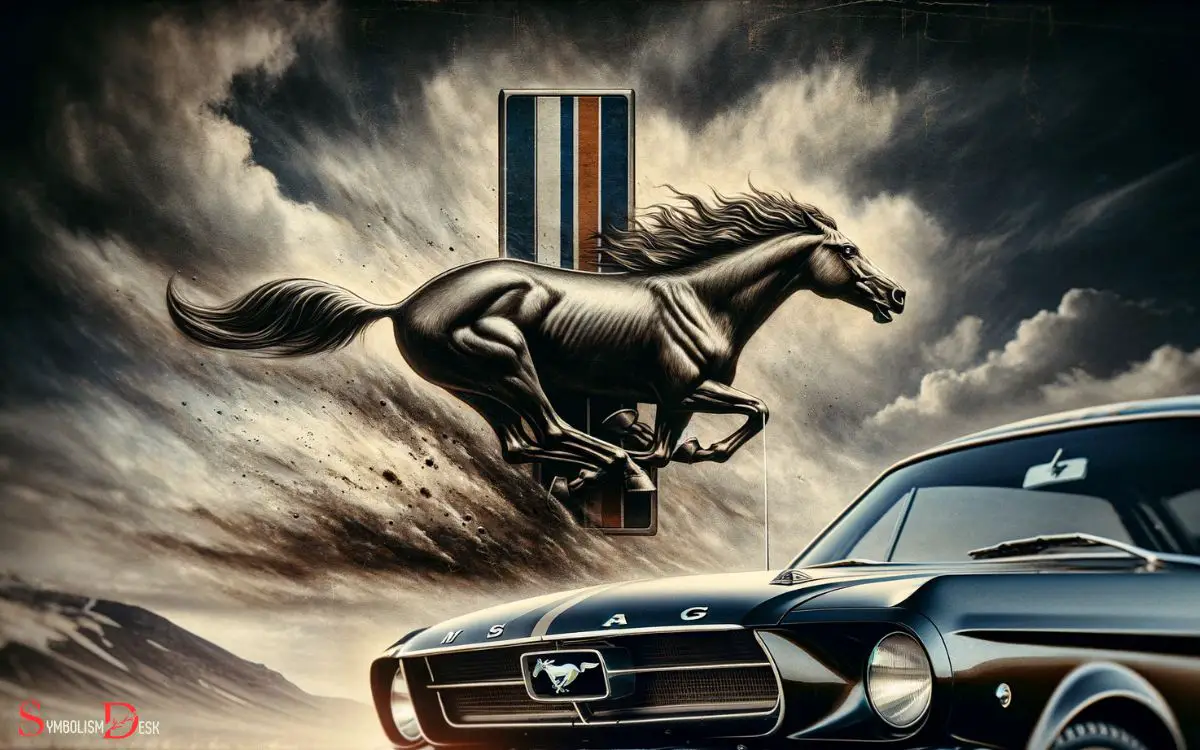
Here are some key reasons why the Classic Mustang remains a timeless icon:
- Distinctive Design: The Classic Mustang’s sleek and sporty exterior, with its long hood and short deck, exudes an unmistakable aura of performance and style.
- Legendary Models: From the original 1965 Mustang to the high-performance Shelby GT350 and GT500 variants, each model has contributed to the Mustang’s enduring legacy.
- Cultural Impact: The Mustang has been featured in numerous films, music, and literature, solidifying its status as a cultural icon.
- Global Fanbase: With a strong following around the world, the Classic Mustang has transcended borders and continues to unite enthusiasts across generations.
The Enigmatic Corvette Emblem
The Corvette emblem is steeped in a rich history and symbolic design elements that have captivated car enthusiasts for decades. From its inception in 1953, the emblem has undergone several iterations, each reflecting the evolution of the Corvette brand.
The emblem’s intricate details and iconic imagery embody the essence of the Corvette’s legacy and its enduring allure.
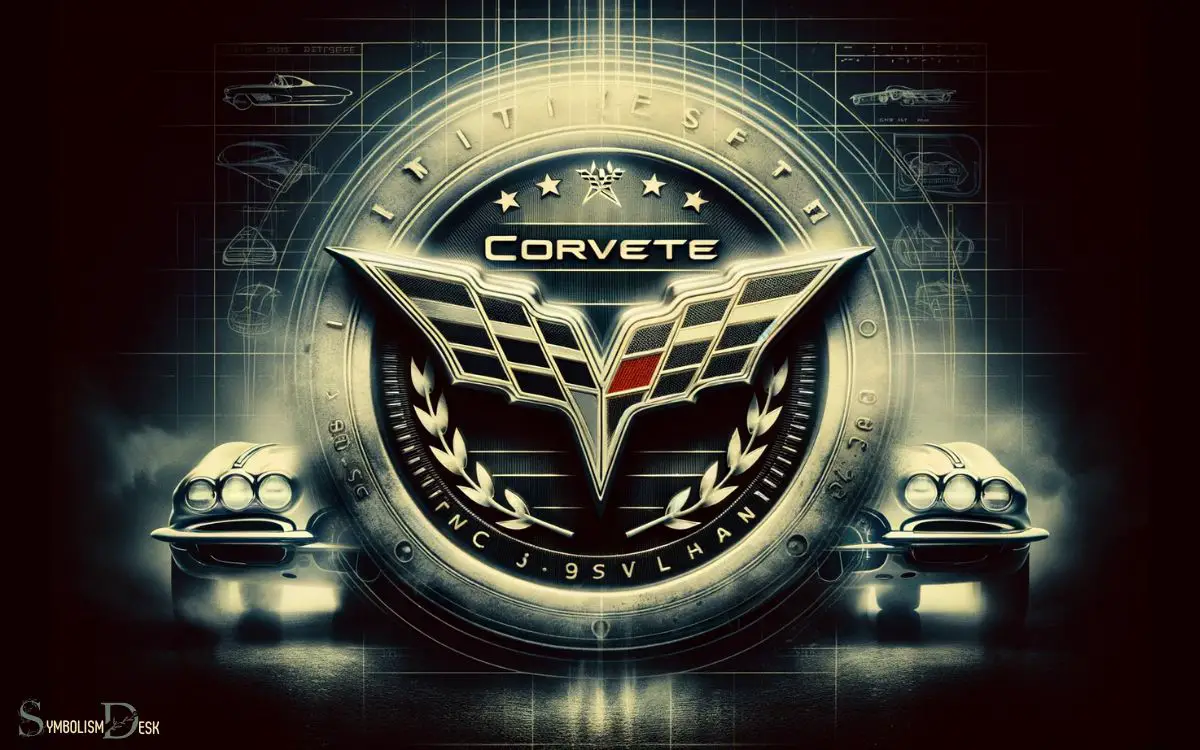
Corvette Emblem History
In the mid-1950s, Chevrolet introduced the distinctive emblem that would come to symbolize the Corvette’s legacy and performance. The Corvette emblem has a rich history and has evolved over the years.
Here are some key points about the Corvette emblem:
- The first emblem featured a checkered flag and a red Chevrolet bowtie.
- In the 1960s, the emblem underwent a significant redesign, incorporating a crossed-flags design.
- The crossed-flags emblem has remained a staple of the Corvette brand, symbolizing speed and precision.
- The current emblem, introduced in 2014, features a more modern and streamlined interpretation of the crossed-flags design.
The Corvette emblem has become an iconic symbol, representing the spirit of this legendary sports car.
Symbolic Design Elements
Symbolism plays a crucial role in defining the enigmatic Corvette emblem’s design elements. The emblem features a checkered flag, a nod to the brand’s racing heritage and numerous victories at events like the 24 Hours of Le Mans.
The national flag of France is also subtly incorporated, paying homage to the Corvette’s original designer, Harley Earl, who was inspired by the French “cross of Lorraine” emblem during World War II.
The emblem’s sleek, flowing design mirrors the Corvette’s aerodynamic and powerful nature, with the iconic checkered flag adding a sense of speed and excitement.
These symbolic design elements encapsulate the Corvette’s essence and heritage, making it a revered symbol in the automotive world. These iconic details not only highlight the Corvette’s performance-driven spirit but also serve as a timeless tribute to its evolution over the decades. Much like the storied Rolls Royce logo meaning elegance, luxury, and sophistication, the Corvette’s emblem reflects its commitment to speed, innovation, and American pride. Together, such symbols transcend mere branding, creating deep emotional connections with enthusiasts and collectors worldwide.
Unveiling the Jaguar’s Symbolism
The Jaguar’s symbolism extends beyond its sleek and powerful image. The emblematic representation of the jaguar reflects the car’s attributes of speed, agility, and dominance.
Understanding the historical significance of the jaguar provides insight into the legacy and inspiration behind this iconic car symbol.
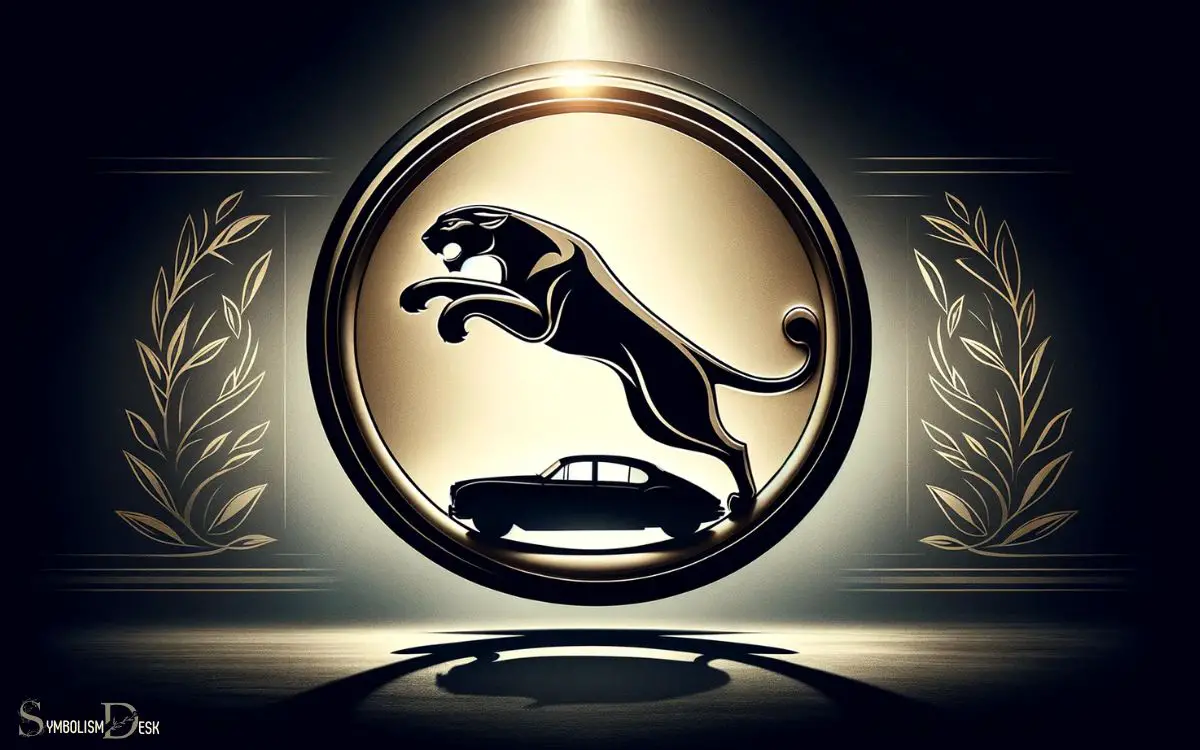
Symbolic Representation of Jaguar
Jaguar’s emblem represents grace, strength, and elegance, embodying the brand’s legacy and values. The symbolic representation of Jaguar goes beyond just a sleek and powerful animal. It encapsulates the essence of the brand and what it signifies to its enthusiasts.
Here’s what the emblem signifies:
- Grace: The emblem symbolizes the agile and graceful nature of the jaguar, reflecting the brand’s commitment to producing vehicles that exude elegance and poise.
- Strength: It represents the raw power and strength of the jaguar, mirroring the high performance and robust engineering of Jaguar vehicles.
- Elegance: The emblem embodies the refined and sophisticated design that Jaguar is renowned for, showcasing the brand’s commitment to luxury and style.
- Legacy and Values: It signifies the rich heritage and core values of Jaguar, connecting the past, present, and future of the brand.
Historical Significance of Jaguar
Unveiling the historical significance of Jaguar’s emblem reveals a legacy steeped in grace, strength, and elegance. The Jaguar symbol, with its sleek and powerful feline form, embodies the brand’s rich history.
Originally associated with the Swallow Sidecar Company, the emblem evolved into the unmistakable leaping Jaguar we recognize today. This symbol represents speed, agility, and a relentless spirit, reflecting the essence of Jaguar vehicles.
Rooted in the British car industry, the emblem also signifies the royal heritage and regal sophistication often linked with the animal itself.
Furthermore, the historical significance of the Jaguar emblem extends to its association with luxury, performance, and timeless design, making it an enduring symbol of automotive excellence.
Vintage Volkswagen: The Story Behind the Beetle
During the mid-20th century, Volkswagen’s iconic Beetle captured the hearts of consumers worldwide. The story behind the Beetle is one of innovation, resilience, and cultural impact.

Here’s why the Beetle holds a special place in automotive history:
- The People’s Car: Designed in the 1930s by Ferdinand Porsche at the request of Adolf Hitler, the Beetle was intended to be an affordable car for the masses.
- Enduring Design: With its distinctive rounded shape and air-cooled rear engine, the Beetle’s design remained largely unchanged for decades.
- Cultural Icon: The Beetle became a symbol of counterculture in the 1960s, associated with peace, love, and freedom.
- Global Success: Over 21 million Beetles were produced, making it one of the best-selling cars in history.
The Beetle’s story is a testament to the enduring power of innovative design and cultural resonance.
The Enduring Legacy of the Cadillac Crest
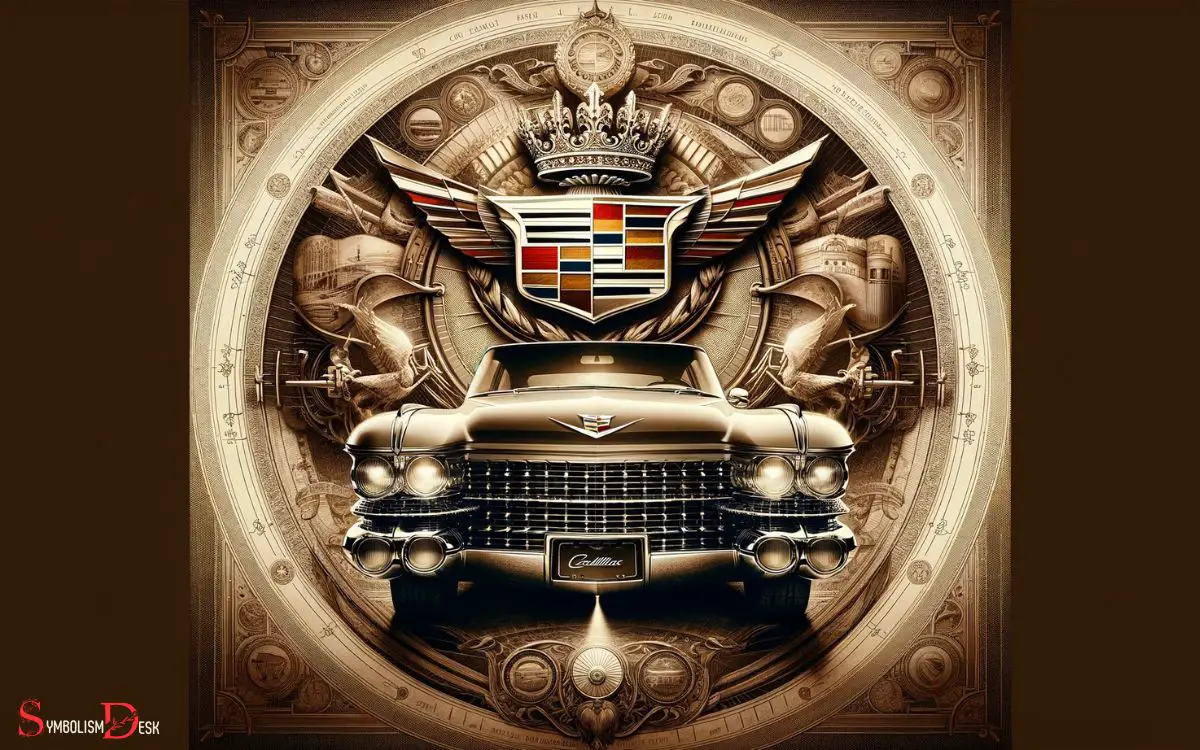
The Cadillac Crest’s enduring legacy is exemplified by its timeless design and symbolizing luxury and prestige.
The iconic emblem has remained virtually unchanged since its introduction in 1906, reflecting the brand’s commitment to tradition and excellence.
The crest features a crown, a symbol of Cadillac’s commitment to royalty, and the wreath, representing the brand’s dedication to victory and achievement.
This enduring symbol has become synonymous with elegance and sophistication, making it instantly recognizable worldwide.
The Cadillac Crest’s ability to evoke a sense of grandeur and opulence has solidified its place in automotive history.
| Symbol | Meaning | Emotion |
|---|---|---|
| Crown | Royalty | Grandeur |
| Wreath | Victory, honor | Prestige |
| Colors | Gold, silver | Opulence |
Exploring the Genesis of the Dodge Charger
Exploring the genesis of the Dodge Charger involves tracing its origins and development in the automotive industry.
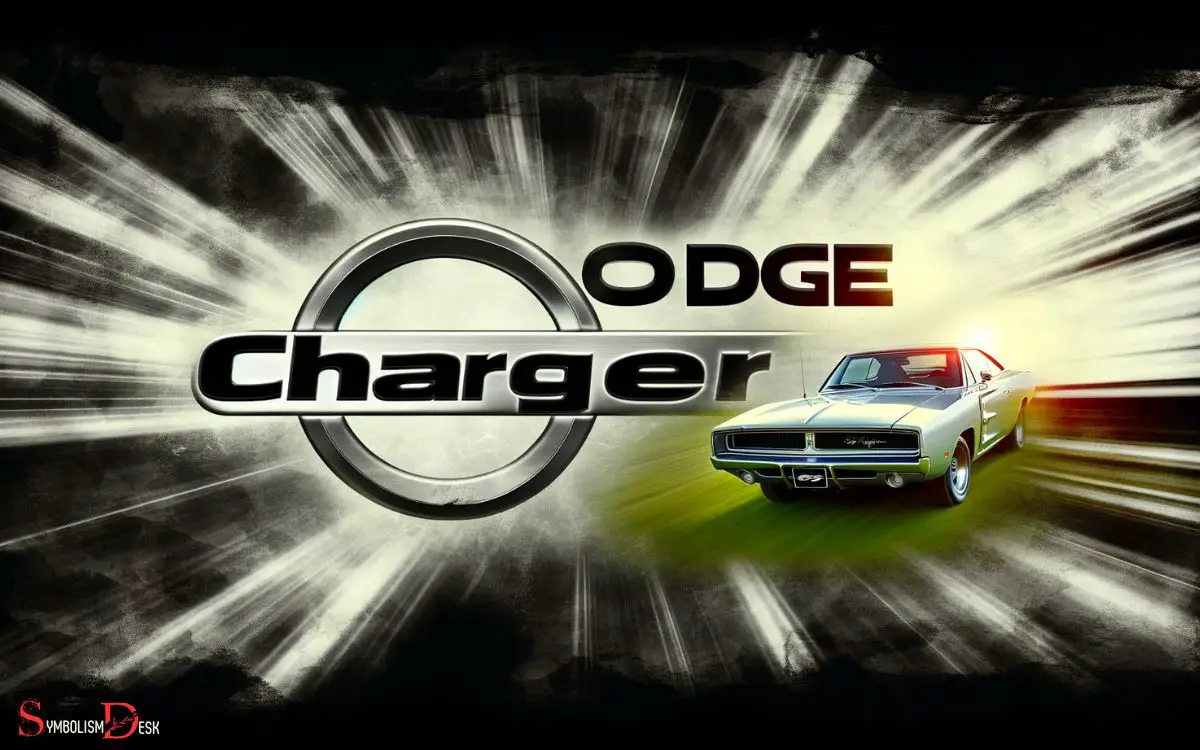
The Dodge Charger has a rich history that car enthusiasts find fascinating. Here are some key points to consider:
- Debut: The Dodge Charger made its debut in 1966 as a two-door fastback and has since evolved through various iterations.
- Muscle Car Era: It became an iconic muscle car during the late 1960s and early 1970s, known for its powerful performance and distinctive design.
- Hiatus and Return: After a period of absence, the Charger returned in 2006 as a four-door sedan, catering to modern market demands while still honoring its heritage.
- Endurance: Despite changes in design and market trends, the Charger has endured, maintaining its status as a symbol of American muscle and performance.
Conclusion
As the old car symbols and names continue to captivate car enthusiasts, they serve as a reminder of the rich history and enduring legacy of these iconic vehicles.
Just like the classic Mustang symbolizes the spirit of freedom and adventure, these old car symbols and names are timeless icons that have left an indelible mark on the automotive industry.
They are more than just symbols; they are a testament to the craftsmanship, innovation, and passion of the past.


